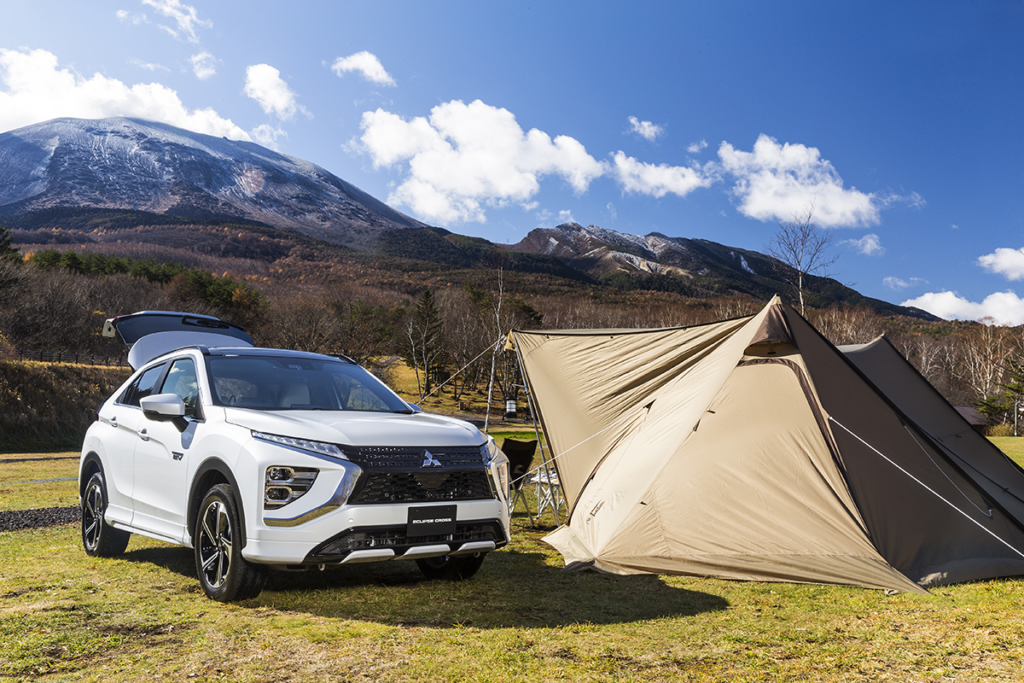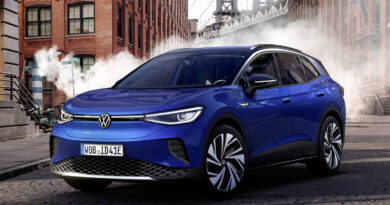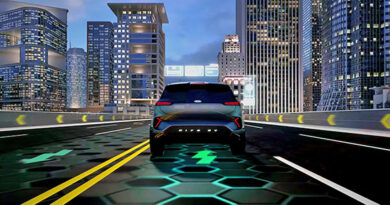Mitsubishi Eclipse Cross PHEV adopts Outlander PHEV drivetrain
Mitsubishi’s new Eclipse Cross plug-in hybrid electric vehicle will adopt the 2.4-litre petrol-electric drivetrain from the larger Outlander PHEV as part of its push into electrification.
Rather than utilising the 1.5-litre four-cylinder turbo of regular Eclipse Crosses, Mitsubishi has adapted the Outlander’s 2.4-litre four-cylinder and dual electric motors for use in the smaller PHEV SUV.
That means 94kW and 199Nm from the 2.4-litre petrol engine, which for short trips is not required.
Then there’s a 70kW/195Nm electric motor driving the rear wheels and a 60kW/137Nm motor on the front wheels.
The electric motors can run on their own or be assisted by the petrol engine for maximum performance. The petrol engine can also be used purely to charge the batteries.
Like the Outlander PHEV – which was recently updated with the Outlander PHEV GSR and is being replaced in 2021 by an all-new Outlander PHEV – the Eclipse Cross PHEV gets a 13.8kWh battery pack under the boot floor.
Claimed to travel 57km on electricity alone, the inaugural Eclipse Cross PHEV is due to arrive in Australia around the third quarter of 2021. The updated petrol-only Eclipse Cross has just gone on sale.
Charging from a regular powerpoint will take around 6.5 hours, dropping to 3.5 hours with a home wallbox charger.
Like the Outlander PHEV, the Eclipse Cross PHEV also has vehicle-to-grid capability, allowing the car to power a house (Mitsubishi says it can provide power for up to 10 days, provided the fuel tank is full).

Mitsubishi designer Seiji Watanabe said some of the changes to the Eclipse Cross range were made predominantly for the PHEV model; the nose has been extended by 35mm, for example, and the rear extended a full 105mm to accommodate some of the electric hardware that would not have fit in the original Eclipse Cross.
Other changes have been made for practicality; the split rear windscreen that could impede rear vision, for example, has been replaced by a single piece of glass.
As with the Outlander PHEV, the Eclipse Cross PHEV channels its drive through the S-AWC (or Super All-Wheel Control) all-wheel drive system.
The most obvious rival to the Outlander PHEV and Eclipse Cross PHEV is Ford’s upcoming Escape PHEV, but it drives only the front wheels.
Mitsubishi’s S-AWC operates the front and rear electric motors independently and allows the petrol engine to power the front wheels. So there are no drive shafts down the length of the car, electronics instead taking care of drive distribution between front and rear wheels.
There are four drive modes: Normal, Tarmac, Snow and Gravel. Each adjusts throttle response, traction control and yaw control to subtly adjust steering and dynamics.
Mitsubishi says the PHEV’s suspension has been tuned to match that of the Eclipse Cross, with firmer springs and revised shock absorbers to account for the extra weight of the plug-in hybrid system.
Mitsubishi says it has been “tuned to be more fun to drive” than the Outlander. Firmer suspension for sharper responses is key to that.
The PHEV gets the occasional compromise elsewhere.
A higher boot floor to accommodate the battery pack reduces luggage capacity about 10 percent, from 405 litres to 359L.

The Eclipse Cross can also heat and cool the car while it is charging, in turn saving some electricity that can theoretically increase the driving range.
Mitsubishi says the Eclipse Cross can also be used to provide up to 1500W of power for external devices, including worksite or camping gear.
Pricing has not yet been revealed, but best guesses suggest it will under the Outlander PHEV, which starts at $47,990 plus on-road costs. In Japan the PHEV is about 50 percent more expensive than the regular Eclipse Cross, which in Australia is priced from $29,990. So somewhere around $45,000 seems like a reasonable estimate.
Those sorts of details will be released closer to the Eclipse Cross PHEV’s Q3 2021 on-sale date in Australia.




